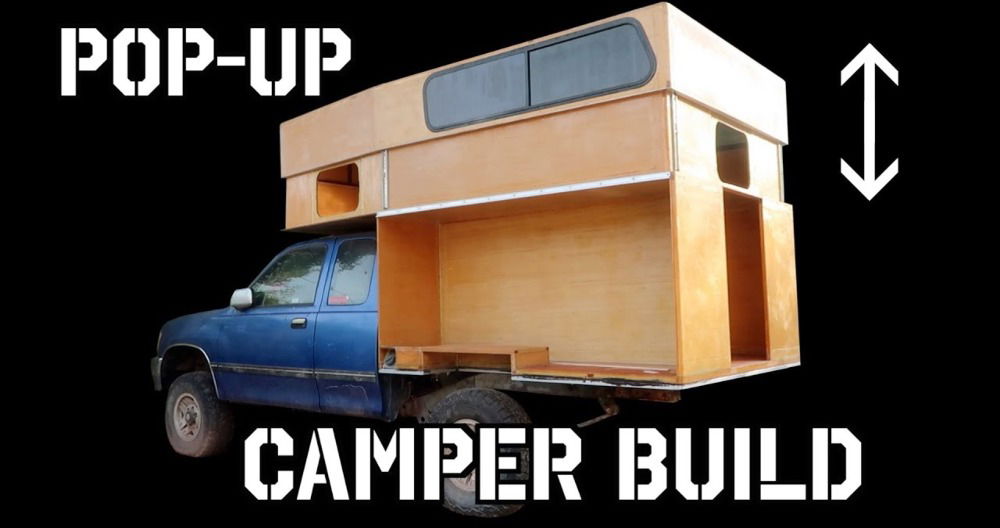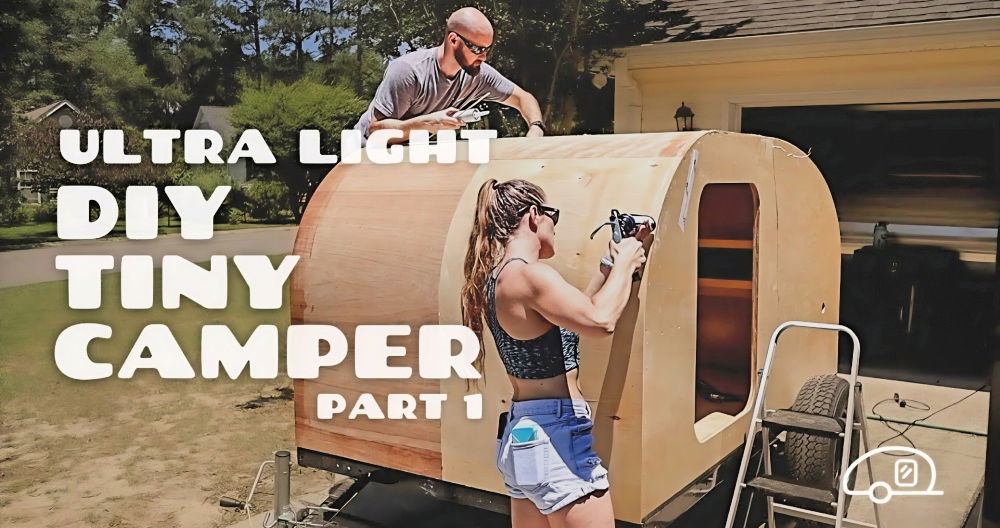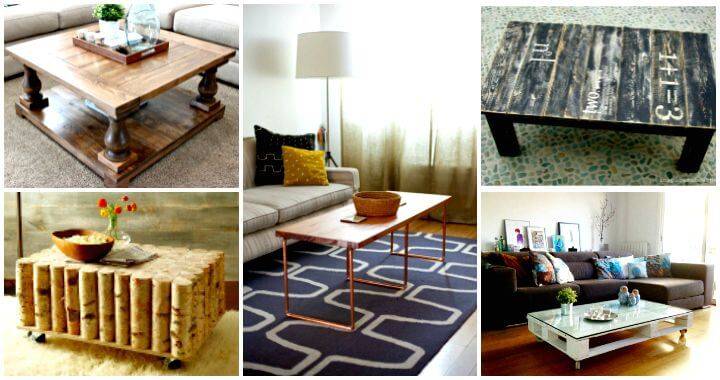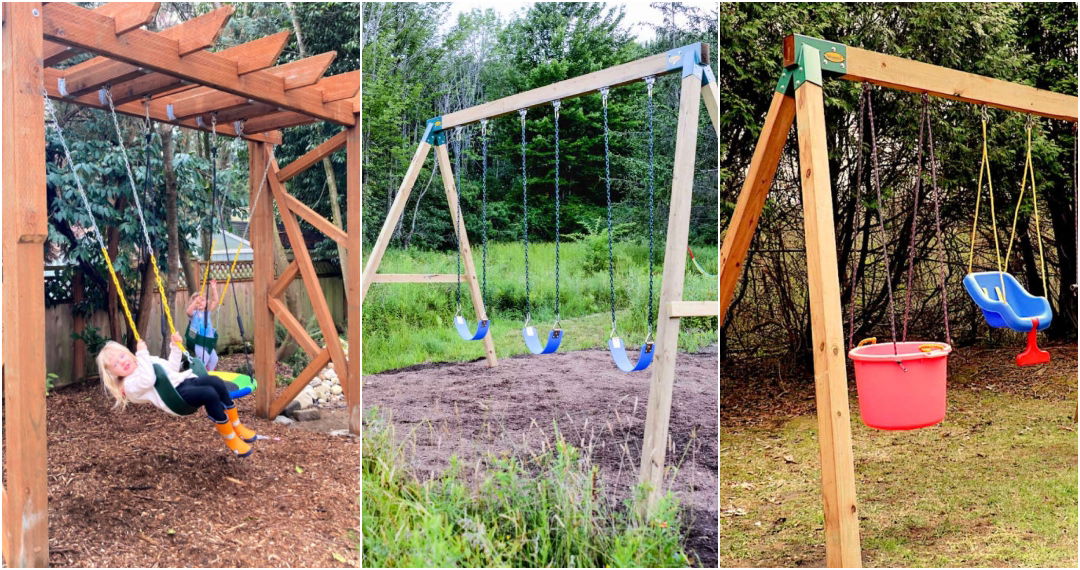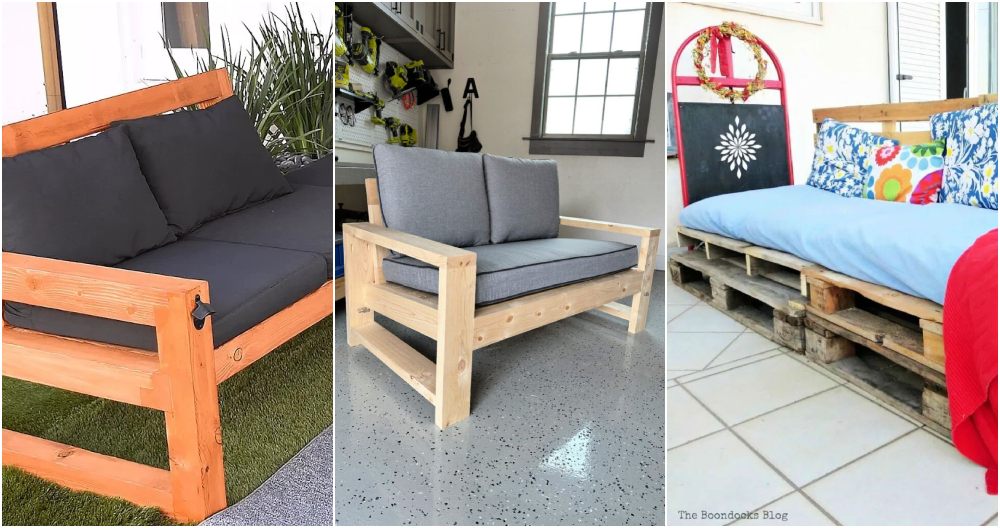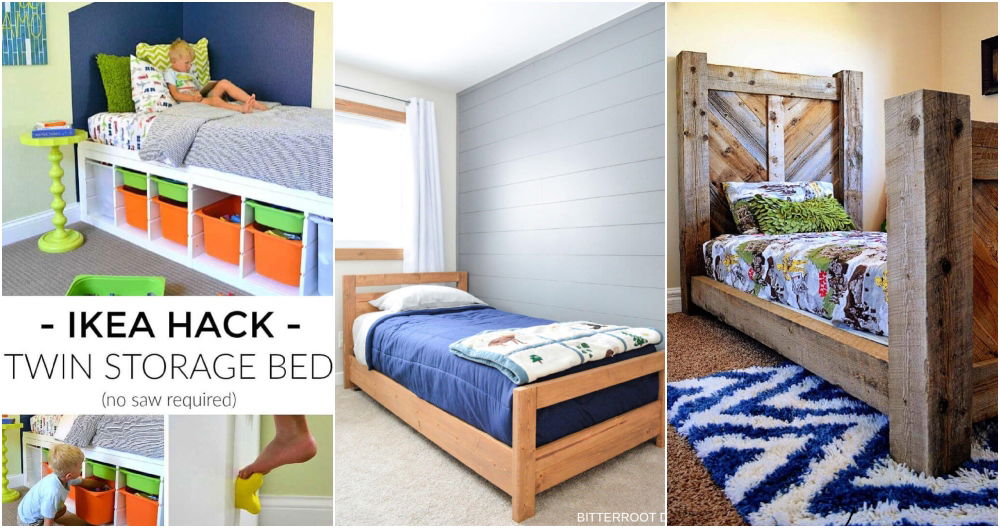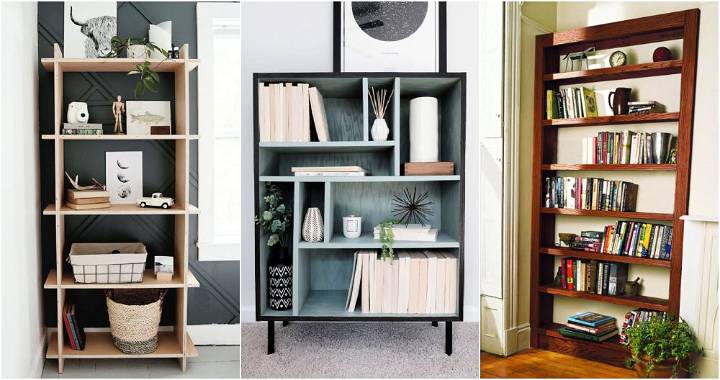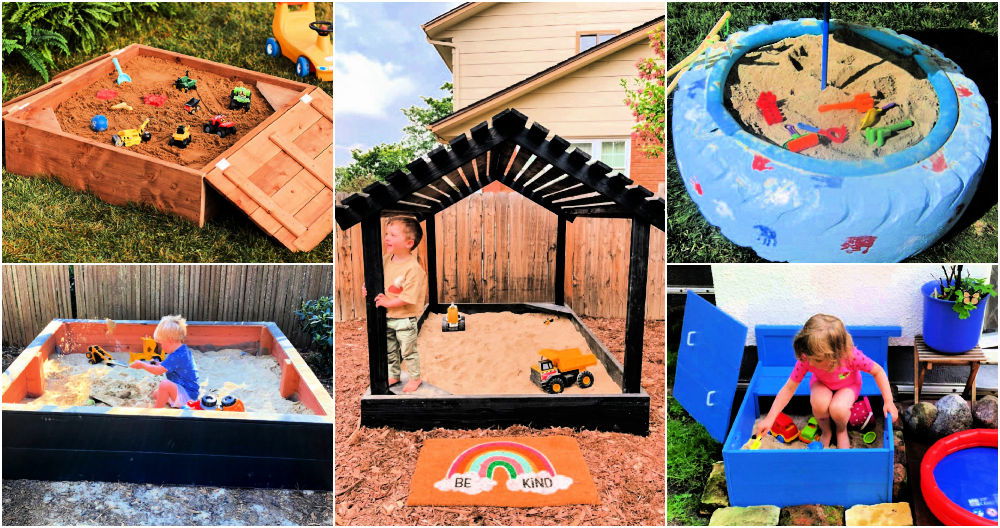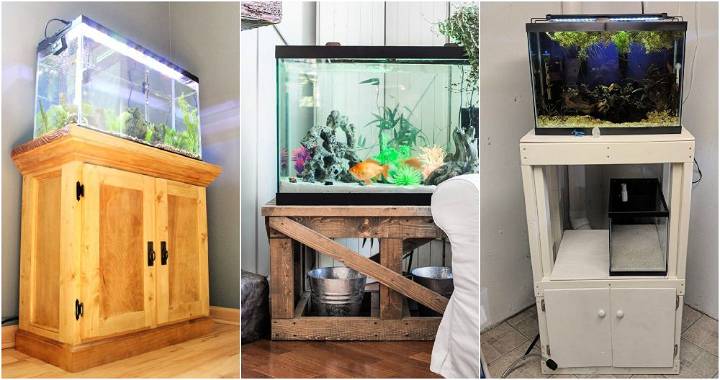Transforming a dilapidated pop-up camper into a cozy, functional living space is a rewarding DIY project. Whether you're a seasoned DIYer or a beginner, the following steps will help you navigate the transformation process efficiently. Let's embark on this journey together, turning what once was considered waste into a lovely camper to enjoy for years to come.
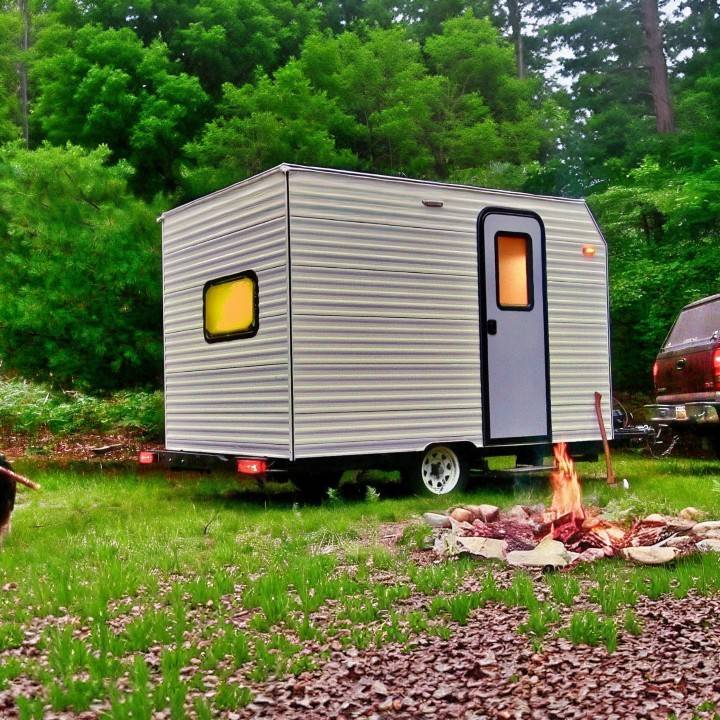
Step by Step Instructions
Discover how to build your own DIY camper trailer with step-by-step guides and tips for building your dream home on wheels.
Preparing the Base
- Evaluate & Clean Up: Assess the condition of the old pop-up camper. Remove any salvageable parts, like the stove, and discard the rest.
- Floor Installation: Use * ¾ inch marine grade plywood for the floor for durability. Remember to apply glue before fastening the plywood to ensure a secure fit. For inaccessible areas, use self-tapping screws from the top.
Framing the Structure
- Wall Framing: Frame the camper using 2x2s for the studs and 2x3s for the corners. Opt for 2x4s for the ceiling and front wall for additional support. Pre-drill holes to prevent splitting and ensure the longevity of your construction.
- Window Planning: Prior to framing, decide on the placement of windows and doors. Mark these on the floor and note the height for windows to avoid remeasurement.
Adding Floors and Walls
- Plywood Sheathing: For the exterior walls, use * ¼ inch luon, gluing and stapling it on. For the roof, opt for quarter-inch plywood for better durability and to ensure it can withstand being walked on.
- Insulating: Insulate the camper using materials of your choice. Ensure to cut and fit insulation snugly between the framing studs and beneath the sheathing.
Exterior Work
- Siding: Install siding, starting from the top and working down. Use narrow crown staples to secure it. Leave a small overhang at the bottom for water runoff.
- Trim & Sealing: Apply corner trims using putty tape underneath for waterproofing. Cover screw heads with screw caps to protect against water ingress.
Interior Finishing
- Wiring for Electricity: Run wires for 12V LED lights and any outlets required. This includes planning for an outside light. Ensure all electrical installations comply with safety standards.
- Plumbing (If Necessary): If including running water, install plumbing lines now before finishing the walls.
- Paneling & Insulation: Install wall and ceiling paneling over insulation. Glue panels in place and use small nails or staples to secure.
Final Touches
- Flooring: Lay down vinyl or another preferred flooring material, cutting it to fit and securing it at the edges.
- Furnishing & Cabinets: Construct benches, beds, and storage cabinets using leftover materials and new where required. Focus on maximizing space and functionality.
- Countertops & Kitchen Area: Install a kitchen counter, possibly using a charming wood slab. Fit the stove and plan for any necessary plumbing for a sink.
- Exterior Additions: Attach external storage for propane tanks and other essentials. Make sure everything is securely fastened and waterproofed.
Video Tutorial
For a detailed step-by-step visual guide, check out this video: Complete DIY Camper Build.
It pairs well with this written guide, presenting the transformation techniques in a visually engaging and easily digestible format.
Patience and perseverance are crucial for your DIY camper build. Enjoy every step towards your dream of hitting the road in your custom camper.
Troubleshooting Tips
Building a DIY camper trailer can be a rewarding but challenging task. Here are some common issues you might encounter and how to resolve them:
Issue: Trailer Frame is Not Level
Solution: Use a level to check the frame's balance. If it's not level, adjust the height of the trailer jack or use leveling blocks.
Issue: Difficulty Attaching Walls to the Frame
Solution: Ensure that the walls are cut accurately and that the frame is square. Use clamps to hold the walls in place as you secure them.
Issue: Leaks in the Roof or Windows
Solution: Apply a waterproof sealant around the edges of the roof and windows. Regularly check for and repair any damage to prevent leaks.
Issue: Insufficient Storage Space
Solution: Utilize vertical space by installing shelves or hooks. Consider multi-purpose furniture that provides additional storage.
Issue: Trailer is Too Heavy
Solution: Use lighter materials where possible. Regularly check the weight of your trailer to ensure it doesn't exceed the towing capacity of your vehicle.
Patience and problem-solving are key when building your DIY camper trailer. Don't be discouraged by these challenges - they're all part of the DIY process!
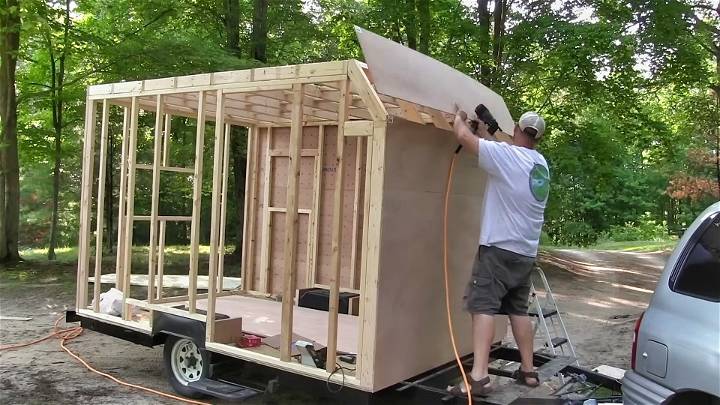
Customization Ideas
Building a DIY camper trailer gives you the freedom to customize it according to your needs and preferences. Here are some ideas:
Interior Design
Consider the layout of your camper. You might want a cozy sleeping area, a compact kitchen, or a convertible dining space. Use light colors to make the space feel larger and more open, and add personal touches like photos or artwork to make it feel like home.
Storage Solutions
Storage is often a challenge in small spaces. Think about multi-functional furniture, like a bed with storage underneath or a table that folds down from the wall. Use vertical space where possible, with shelves or hanging storage.
Power and Water
If you plan to camp off-grid, consider installing solar panels for electricity and a rainwater collection system for water supply. A composting toilet can be a practical and eco-friendly option.
Outdoor Living
Think about how you can extend your living space outside the camper. An awning can provide shade and shelter, and an outdoor kitchen can be a great addition for summer camping.
The best part of building a DIY camper trailer is that you can tailor it to your own needs and style
FAQs About DIY Camper Trailers
Here are some frequently asked questions about DIY camper trailers:
What materials do I need to build a DIY camper trailer?
You'll need a variety of materials, including a trailer frame, plywood for the walls and floor, insulation, paint, and fixtures for the interior like a bed and kitchenette.
How much does it cost to build a DIY camper trailer?
The cost can vary greatly depending on the size of your trailer and the materials you choose. A basic build might cost around $2000, while a larger, more luxurious model could cost $5000 or more.
How long does it take to build a DIY camper trailer?
The time it takes can vary depending on your skill level and the complexity of your design. A simple build might take a few weekends, while a more complex build could take several months.
Do I need any special skills to build a DIY camper trailer?
Basic carpentry skills are helpful, and you'll also need to be comfortable using a variety of tools. If you're planning to do any wiring or plumbing, those skills will be useful too.
Can I build a DIY camper trailer on my own?
Yes, it's possible to build a camper trailer on your own, but having a friend or family member to help can make the process easier and more enjoyable.
What kind of maintenance does a DIY camper trailer require?
Regular maintenance includes checking for leaks, inspecting the tires and brakes, and maintaining any appliances. You'll also want to clean your camper regularly.
Conclusion:
In conclusion, building your DIY camper trailer is an exciting and rewarding project. By following the steps outlined in this guide, you can customize your trailer to suit your needs and enjoy the journey ahead. Happy crafting!


